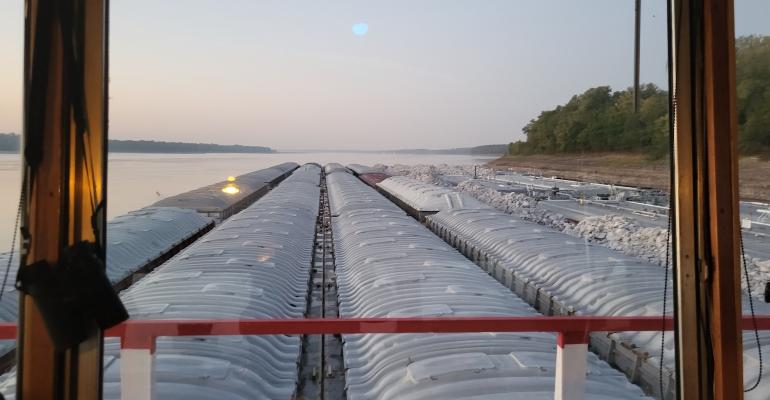GAO Report Calls for Focus on Congestion Impacts
The General Accountability Office recently released a report that reviewed trends in freight flows and any related traffic congestion impacts. This report makes two recommendations for the US Department of Transportation:
- In order to clarify the federal role related to freight-related local traffic congestion, in implementing MAP-21 and any subsequent reauthorization, in its final guidance on state freight plans, Secretary of Transportation should incorporate additional information to help states define and prioritize local community impacts of national freight movements, including traffic-congestion impacts, and to establish what data could be consistently collected and analyzed in order to prioritize impacts of freight on local traffic congestion.
- In order to clarify the federal role related to freight-related local traffic congestion, in implementing MAP-21 and any subsequent reauthorization, the Secretary of Transportation should include in the National Freight Strategic Plan a written statement articulating the federal role in freight-related local congestion impacts, by clearly identifying potential objectives and goals (under the general area DOT has established for the Freight Transportation Conditions and Performance Report of reducing adverse environmental and community impacts) for mitigating local congestion caused by national freight movements and the type of role federal and state stakeholders could play in achieving each objective and goal, and including a written strategy for improving the availability of national data needed to quantify, assess, and establish measures on freight trends and impacts on local traffic congestion.
The GAO also suggests that Congress take the following matter under consideration:
In reauthorizing the federal highway program, Congress should consider establishing a clear purpose for the national freight network and primary freight network that incorporates inclusion of the types of roads where communities are likely to experience significant freight-related traffic congestion, and, as relevant to this purpose, consider revising certain requirements such as the mileage limit of 27,000 miles or changing the requirement from a centerline to a corridor approach.
Full report: FREIGHT TRANSPORTATION: Developing National Strategy Would Benefit from Added Focus on Community Congestion Impacts.
